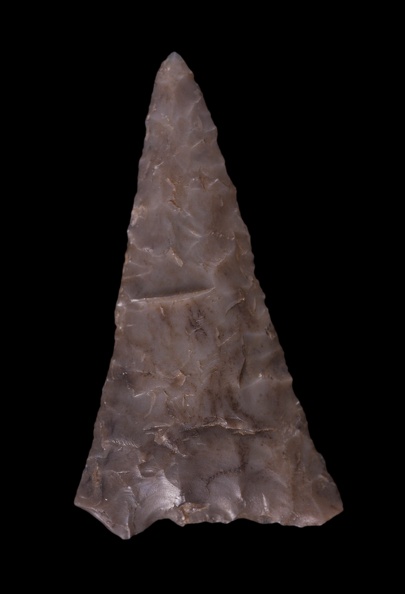
As more research is done, we are constantly refining our understanding of projectile points, so these type descriptions will be updated as new information becomes available. In doing this, he re-established the Prairie Side notched and Plains Side-notched projectile point types originally used by MacNeish (Kehoe 1966:830). Kehoe downgraded Forbiss (1962) projectile point types to variet ies and added a few new varieties of his own. This website includes any and all reliable information about each type, even if it can be at times contradictory. Avonlea projectile point type proposed by Kehoe and McCorquodale (1961).
PROJECTILE POINT HOW TO
They may disagree on the age of a type, or what to name it, or even on how to define it. When it comes to projectile point types, archaeologists are not always in agreement.
PROJECTILE POINT MAC
Illustrations of points accompany each type description, with the specimens coming from the MAC Lab’s collections unless otherwise noted. Once your search is narrowed down to a particular point type, you can find more detailed information about the age range of the type, its size and appearance, and the stone materials commonly used for the point, as well as a discussion of other pertinent information, such as where the type is found. If you are unfamiliar with the variety of points found in Maryland, you can search by generic styles and forms. You can then use this guide to identify specific projectile points. On this webpage, you can find general information about the manufacture and characteristics of points, the materials from which they are made, and their use. For this reason, we encourage people who find points to report their discoveries to archaeologists, such as those at the Maryland Archaeological Conservation Lab or the Maryland Historical Trust. Much of this information is embedded in the “context” of the artifact – that is, where it was found, and what other objects it was associated with. Because of their ubiquity, projectile points can tell us a lot about past lifeways. Making a point was not usually difficult for an Indian, so they were produced in large quantities and can be often found on archaeological sites.

Although many of the points were placed on projectiles, they could also be used – or modified for use – on tools such as knives, drills, and scrapers. In the eastern United States, most projectile points were made of stone, but bone and other materials were sometimes used. These artifacts are popularly known as “arrowheads,” but in Maryland the use of spears goes back at least 13,000 years, while the bow and arrow was developed only about 1000 years ago. “Projectile point” is the term archaeologists use for objects that tipped tools likes spears and arrows.


 0 kommentar(er)
0 kommentar(er)
